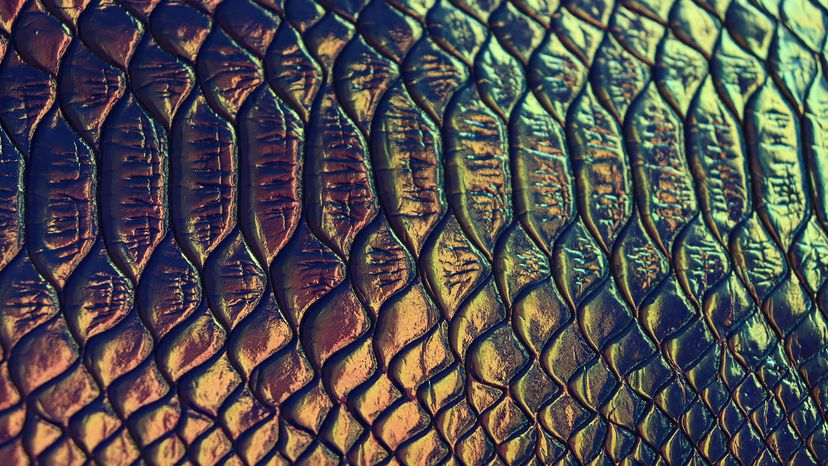
The rainbow snake (Farancia erytrogramma) — sometimes called an eel moccasin or red-lined snake — is a nonvenomous snake. It has vibrant coloration and a specialized diet. Humans rarely see rainbow snakes (despite their striking appearance) because they spend much of their lives hidden in aquatic habitats.
These creatures primarily live in the southeastern United States, where they inhabit swamps, rivers and other freshwater environments. Their secretive nature and unique behaviors make them a subject of interest for herpetologists and reptile enthusiasts alike.
Advertisement